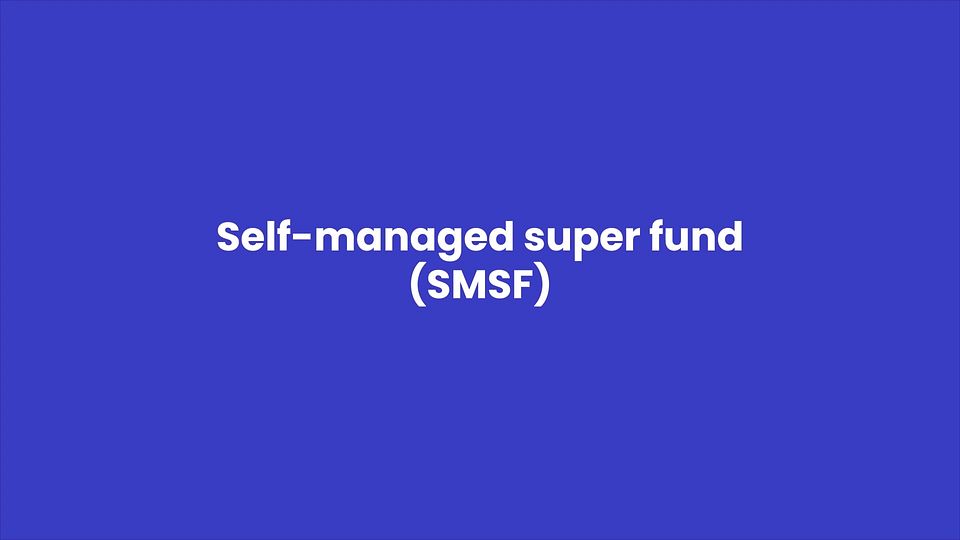Using your super to invest in real estate might seem like a complex idea—but if done right, it’s one of the smartest moves you can make toward financial independence in retirement. After diving into countless client cases, regulatory guidelines, and personal strategies, I want to walk you through how to turn your Self-Managed Super Fund (SMSF) into a powerful real estate investment vehicle.
There’s a lot of noise out there—and unfortunately, a lot of misinformation too. What I’m about to share is based on real facts, real numbers, and real experience. Let’s get into it.
Why Consider Property Investment Through an SMSF?
For many Australians, the superannuation system is broken.
“Most people run out of money before they leave the planet.”
“Even if you retire at age 67, you must maintain that home another 20 years.”
That’s the reality for most retirees today. According to the averages, even couples with a paid-off home and super balances over $400,000 are still struggling to meet what’s defined as a “comfortable retirement lifestyle”—currently estimated at $73,000 per year.
Now imagine that you had the option to own real estate assets within your super, generating both capital growth and rental income, all while paying lower tax rates. That’s what SMSFs allow.
What Is an SMSF Property Investment?
An SMSF property is a residential or commercial property purchased through a Self-Managed Super Fund. It’s an alternative to traditional super funds that invest in shares or managed funds.
Here’s what makes it so attractive:
- You pay 15% tax on rental income
- You pay 10% capital gains tax (if held for over 12 months)
- You can borrow up to 75% of the property’s value using a Limited Recourse Borrowing Arrangement (LRBA)
“You can potentially buy $1.2M worth of property using $300K in super—this is the power of leverage.”
That’s what makes this strategy game-changing.
Rules You Must Follow When Buying SMSF Investment Property
Before rushing into buying property through your super, there are clear legal guidelines you must follow:
- The property must be for investment purposes only—you can’t live in it.
- You cannot rent it to yourself or family members.
- It must be purchased at market value from a non-related party.
- Rental income and all property expenses must go through the SMSF account.
“There are rules: You can’t live in the SMSF property, nor rent it to family.”
And yes, setup costs and maintenance fees are real.
“Annual SMSF fees are fixed, unlike traditional super funds where they grow as your balance grows.”
Typically, setting up an SMSF with property borrowing will cost you between $4,000–$6,000, including legal, trust, and advisor fees. But as your super balance grows, those fixed fees become proportionally small.
How Much Super Do You Need to Get Started?
A realistic threshold is $200,000 or more in combined super funds between you and your partner. Below that, the admin fees and borrowing limitations may eat into your returns.
“You need to roll all your funds into one SMSF, and ideally start with over $200K.”
With that, you can begin leveraging your SMSF to purchase a property worth $500,000 to $600,000, and even split your super across two properties if you have enough.
Growth Potential: Real Estate in Your Super
Let’s look at a conservative growth scenario:
- Super balance: $300,000
- Borrowing: $900,000
- Property value acquired: $1.2 million
- Average capital growth: 5% per year
- 20 years later: Portfolio worth $3.25 million
- 30 years later: Portfolio worth $5.36 million
- Rental income at 5% yield: $268,000/year
“With 5% rental yield on fully owned properties, that’s over $260K/year in income at retirement.”
Not bad, right?
Limited Recourse Borrowing Arrangements (LRBA)
If you’re considering borrowing within your SMSF, this is how it works:
- A bare trust is created to hold the property
- The SMSF receives all rental income and pays all expenses
- The lender’s recourse is limited to the property only—not your other assets
It’s one of the safest borrowing structures legally allowed in Australia, and it allows you to leverage without personal liability.
Risks and Considerations
It’s not all upside. Here’s what you should be mindful of:
- Lack of diversification (especially if the property is your main SMSF asset)
- Liquidity issues (if a member wants to exit the fund)
- Potential vacancy or maintenance costs
- Compliance obligations (audits, trustee rules, investment strategies)
“With property we’ve got to look at things like ongoing maintenance… even if we were to take $20,000 or $30,000 a year out to renovate, you’d still be far ahead.”
You need the right team behind you: accountant, financial planner, property advisor, and someone experienced with SMSF loans.
Why It’s Worth It (If Done Right)
The key to success with SMSF investment property is leverage and tax advantage.
“Buying property through SMSF allows you to own real estate assets within a super structure that grows.”
You’re creating a retirement real estate strategy that not only supports your super growth but also helps you retire earlier, more comfortably, and with more control over your assets.
Many professionals, from doctors to IT consultants and small business owners, are moving toward this approach.
“We help about 50 people every single month set up a self-managed super fund and purchase their first SMSF investment property.”
It’s not a shortcut. It’s a long-term strategy that works if you follow the rules, get the right advice, and take action early.
Final Thoughts
“I can say that in 10 years we can transform your finances with a really safe and responsible strategy through property.”
This approach is not for everyone, but if you’ve got over $200K in super and you’re serious about building wealth—not just saving it—then investing in an SMSF property could completely change your financial trajectory.
Plan well. Start early. And don’t rely solely on traditional super to get you through retirement. You need more. You deserve more.
